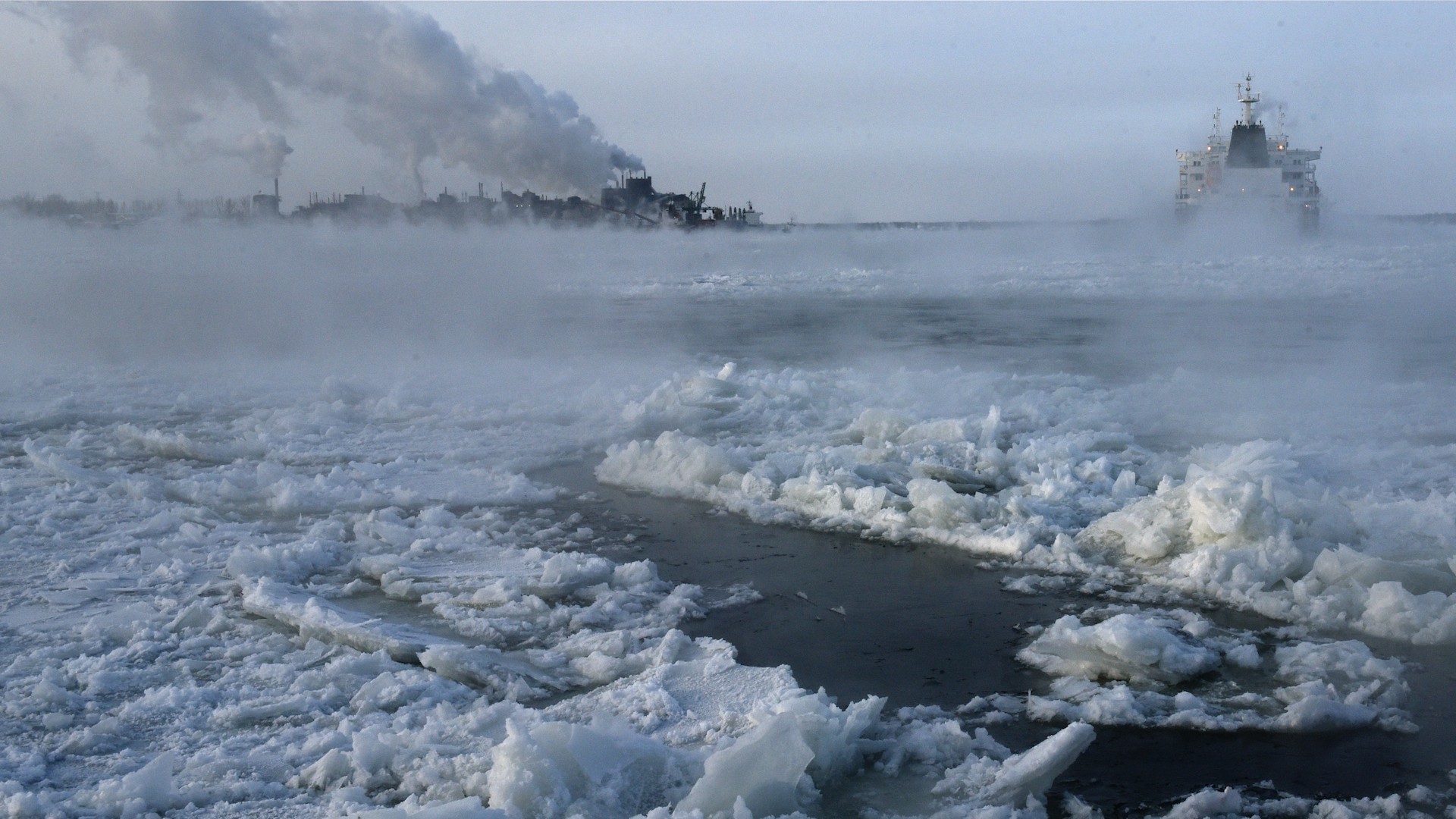The Trump administration rolled back a handful of environmental regulations in the last few days of 2017, and it’s carrying that momentum into the new year. On Thursday, Interior Secretary Ryan Zinke announced the administration planned to allow oil companies to drill in the Arctic, Atlantic, and Pacific oceans, including in waters that have been protected from drilling for decades.Under Trump’s five-year drilling plan, oil and gas companies will be able to purchase drilling rights in 47 regions in the three oceans, as well as the Gulf of Mexico, between 2019 and 2024. The Defense Department and several governors up and down the Atlantic Seaboard are opposed to drilling in those regions; the Navy historically conducts military exercises off the coast, while governors and lawmakers argue that drilling will hurt tourism and conservation efforts.Read more: The 12 biggest changes Trump has made to U.S. environmental policyThe announcement also drew immediate condemnation from environmentalists, who denounced it as the Trump administration’s latest “shameful giveaway” to oil industry groups.“Millions of Americans have raised their voices to send a message, loud and clear, that they do not want offshore drilling off our coasts,” Sierra Club Executive Director Michael Brune said in a statement. “But rather than listen to the people they are supposed to work for, Trump and Zinke are listening to the industry that’s bankrolled their campaigns and filled their administration.”At a press conference, however, Zinke assured reporters that the proposal was “a draft program” and that “nothing is final.”“The states, local communities, and congressional delegations will all have a say,” Zinke said.Not surprisingly, oil companies have embraced the plan, which develops an executive order signed by President Donald Trump in April but is even more expansive than conservation groups feared. That order called for the Interior Department to review opening up federally owned land in the Atlantic and Arctic oceans, which President Barack Obama had blocked from energy exploration just months before.Obama used his executive power to permanently protect huge swathes of the U.S.-owned portions of the Arctic’s Beaufort and Chukchi seas until 2022, as well as several canyons buried in the Atlantic between Massachusetts and Virginia. In a statement at the time, the White House cited the need to “protect a sensitive and unique ecosystem that is unlike any other region on earth” from oil spills.The decision was widely viewed as definitive and unlikely to be reversed, at least according to an Obama aide, who told the Washington Post that there was no precedent for future Congress or president to undo Obama’s actions. But Trump has already proved he’s willing to wade into uncertain legal waters when it comes to conservation: In December, he announced plans to shrink two Utah national monuments that past presidents had set aside. No president has ever sought to roll back monuments created by his predecessors — and the move immediately triggered several lawsuits.Read more: Trump had a field day with the environment while you were on vacationThe Pacific regions purportedly singled out for drilling in the Trump administration’s new plan have been off-limits since an oil spill in 1969 off the coast of Santa Barbara, California, according to the Huffington Post.“Our country is blessed with incredible natural resources, including abundant offshore oil and natural gas reserves. But the federal government has kept 94 percent of these offshore areas closed for exploration and production,” Trump said when he signed the April executive order. “And when they say closed, they mean closed. This deprives our country of potentially thousands and thousands of jobs and billions of dollars in wealth.”
Advertisement
Advertisement
